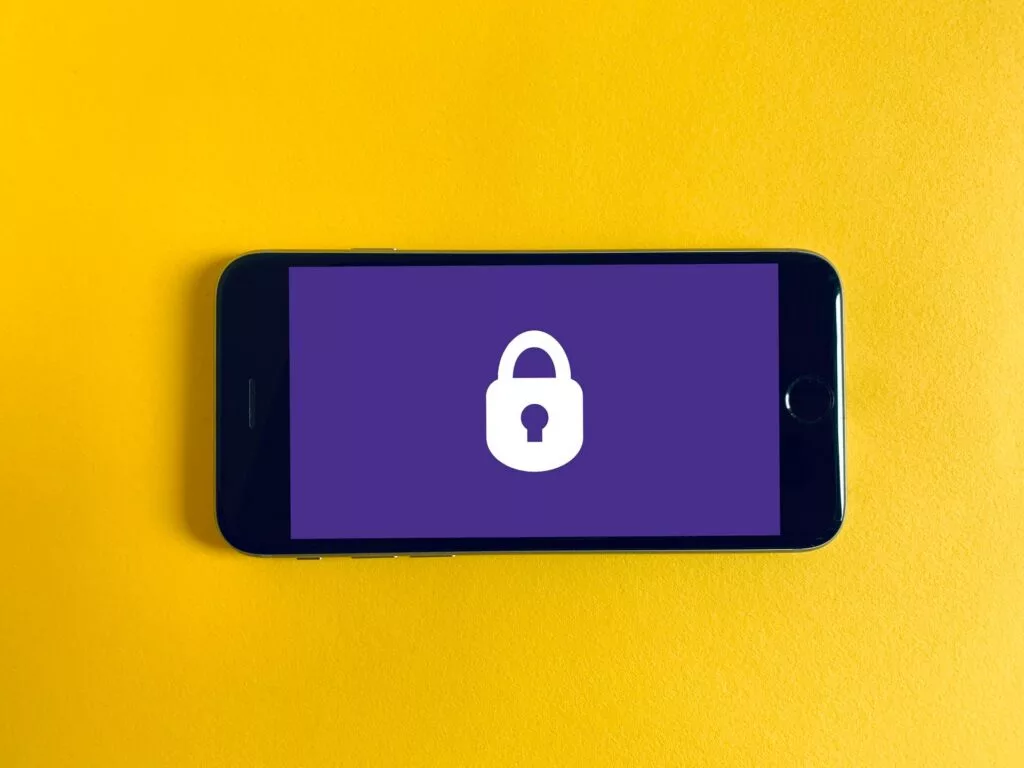
As the threat of cybercrime is increasing, it is more important than ever to have an audit of your company’s cybersecurity.
A cybersecurity audit is essential for businesses to protect their assets and comply with government regulations.
This blog post will summarize the steps you need to prepare for a successful cybersecurity audit. Read our five pro tips to protect your digital experience.
What should you do before cybersecurity audit?
Before starting your cybersecurity audit, you should make sure that you have a clear understanding of the scope and objectives of the audit and realize if you’re currently implementing managed IT services like Alpharetta.
Ensure having enough resources to complete the audit. You should have a plan for conducting the audit and ensuring its accuracy. Before beginning the audit, you should also gather information about your organization’s current cybersecurity level. This includes reviewing your organization’s risk assessment, identifying vulnerabilities, and gathering information about your organization’s systems and networks.
Once you have collected essential points, you should create a detailed document that outlines the areas of the organization to analyze during the audit. The scope document should also include all systems and networks you need to check.
Next, you need to develop an audit plan. It must indicate the testing process of each system or network for vulnerabilities. It should also outline how to fix possible vulnerabilities in case there are any. Finally, you should identify the timing of the entire audit for the project, plus the steps to ensure accuracy.

TOP 5 cybersecurity audit tips:
1: Clearly define your company’s security objectives
To conduct an audit, you need to define the goals aligned with your business values. You also have to consider factors like systems and IT teams’ capacity and disaster recovery plans.
Businesses must understand their security policies to assess their company cybersecurity level in place properly.
Gather relevant documentation
The first step to preparing a successful cybersecurity audit is to gather all relevant documentation on the company’s current security posture.
Use policy manuals, incident reports, breach notifications, and technical documentation to obtain such information. Furthermore, it is vital to compile it into an organized document or spreadsheet.
Assess the current security level within the company
Once you understand the company’s security posture, it is time to begin assessing the level of cybersecurity implemented within the organization. This process will require access to network devices and systems and employee information.
It is also essential to consider any external threats that could affect the organization’s security, especially without the proper protection of passwords within the company.
Compile a report
Once you gather all of this information, it is vital to compile a report summarizing the findings and make recommendations for improvement.
2: Hire a liaison expert
Liaison experts are individuals who have the knowledge and experience to help organizations with cybersecurity audits. The main objective is to determine security exposures and ensure that the company’s sensitive data stay protected.
They can guide which areas of the organization need attention and help identify potential risks. Liaison experts can also provide training and support to employees. Thus, you won’t need to hire a liaison expert in the long run.
Experts in information security are a must. They will be able to communicate with external inspectors so that everything runs smoothly for your company’s audit. BDA’s security experts are a great choice.
3: Have a Plan B to manage possible issues
One of the most critical steps in preparing for a cybersecurity audit is having an incident response plan. This plan should outline what will be done in the event of a breach.
It must include a clear definition of who will be responsible for each response step. Additionally, it is vital to ensure that all employees know the plan and understand their role in responding to an attack. You can delegate some responsibilities to the design team too. Designing a website is closely related to its development.
If you’re preparing for the IT audit, it’s not just vital to pass it. During your efforts for a green light, you might encounter possible issues, and your response strategy should be ready to handle anything.
Have a plan that will allow you to continue your functions if one of these problems arises. You will need policies, so all employees know what they need to do during a possible challenging period.
To perform a successful cybersecurity audit, you’ll need to:
● Review your organization’s policies and procedures
● Evaluate your organization’s infrastructure and systems
● Analyze your organization’s data security measures
● Review your organization’s incident response plan
4: Define the compliance standards
Cybersecurity audits are essential to prevent data breaking and protect your business from potential legal liabilities. Although there are many different cybersecurity audits, most fall into compliance audits and risk assessment audits.
Compliance audits identify whether your organization complies with applicable regulations. Risk assessment audits to assess the likelihood and severity of security risks and vulnerabilities.
The first step in conducting a cybersecurity audit is identifying which compliance standards apply to your organization. The requirements that apply to your business will vary depending on its size, nature, and industry sector, so we can’t provide an exact answer to all these questions. However, some familiar sources of compliance standards include federal, state, and local laws, industry best practices, and international treaties.
Once you have identified which compliance standards apply to your organization, you must determine which ones you need to manage. You should generally review all applicable standards to identify any that your organization may violate and how you can improve them.
5: An internal audit
Internally auditing your cybersecurity programs can improve your organization’s overall security posture. Many tools are obtainable to assist your auditing procedure, but it is essential to remember that self-assessment is priceless.
You should regularly revise your assessment as you learn more about your organization’s security risks and develop new tools and tactics to assess them.
One way to begin this process is by conducting a self-assessment audit checklist. This checklist will lead to identifying the critical areas in your cybersecurity program that need improvement.
After completing the list, you can use the results to develop a prioritized plan of action to address the identified deficiencies.
Finally, it is crucial to keep up to date with the latest developments in cybersecurity technology. This includes learning about new attack vectors and methods used by hackers and new tools and resources available to help you improve your cybersecurity posture.
Is there an easier way to cybersecurity?
Doing it all on your own can be challenging, especially if you have enough on your plate with running a company. You can delegate cybersecurity audit to pros: we in BDA can make your website bulletproof. Also, you may consider getting a new website that’s built to fence off any malware and operate like clockwork. Our clients always get the best deal on Website+Maintenance package – secure your bargain today!

Conclusion
A cybersecurity audit can help you identify vulnerabilities in your organization’s networks, systems, and applications. Make sure you have the right tools and resources before starting your audit. You will need to have access to your organization’s network and data and the ability to interrogate system files and logs.
Moreover, after collecting the data, you should start your audit by conducting a risk assessment. This will help you identify which systems are at the highest risk and which ones require the most attention.
Next, determine the methods that are vulnerable to attack. Use vulnerability scanners and penetration tests to find security vulnerabilities.
Finally, decide what needs to get done to fix the vulnerabilities. Use your findings from the audit to create a plan of action for protecting your organization’s networks and systems from future attacks.
By following these steps, businesses can successfully prepare for a cybersecurity audit and ensure that they take the necessary precautions to maintain their security posture.













